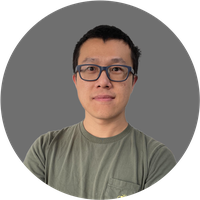Nanotechnology & materials
Hongze WANG
Promoting the mass industrial application of the laser manufacturing process.

Global
Jia Liu
Physical and chemical properties that mimic biological tissue.

China
Yi YANG
Studying free-electron-light interaction at the nanoscale, indicating its huge application potentials for novel radiation sources.

China
Liang FENG
A new adsorption mode that is the first major fundamental advancement in surface chemistry.

MENA
Wedyan Babatain
The development of soft multifunctional wearable platform using graphene and liquid metal-based electronics.
